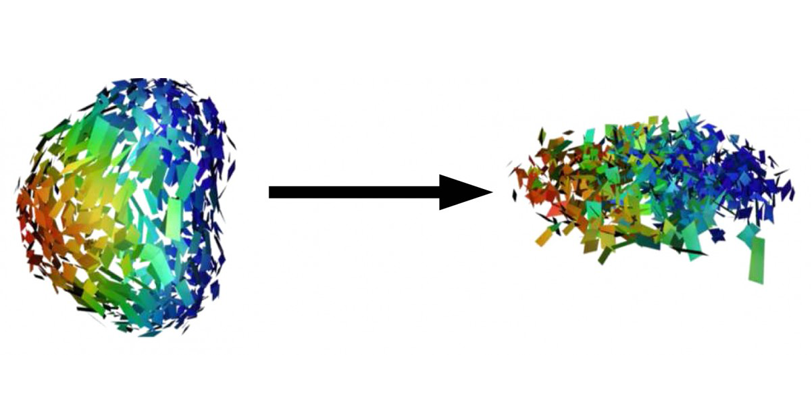Albemarle – Mixing and Modelling: How Mathematics May Mix Molecules #SWI2009
Introduction
Albemarle is a big chemical concern with about 3700 employees and many plants worldwide. It is a manufacturer of polymers and fine chemicals, including additives and intermediates used in agricultural and cleaning products, drilling compounds, etcetera.
Since mixing of different chemical compounds is one of its core techniques, Albemarle Research in Amsterdam (former Akzo Nobel) is looking for mathematical models that predict the thermodynamic properties of mixtures, such as solvation heat, vapor pressures, surface tension, etc.. Much of the software used today is based on free energy models containing lots of empirical parameters, but these parameters are sometimes hard to estimate due to a lack of sufficient experimental data of good quality. Other models contain more theoretical considerations but are much too time-consuming to be applicable in practice.
Project aim
The project aims at developing ideas and methods to calculate the properties of mixtures in a reasonable time and with the accuracy governed by daily practice.
Possible approach
The project may focus on the calculation of the heat that is necessary for or released in mixing two components that consist of relatively simple molecules. Starting from the well-known electrical potential of the two types of molecules, the energy content of a mixture has to be calculated as a function of the component fractions.
The project could start from a screening model for real solvents that is presently used within Albemarle but does not take into account several important features. In this approach, the constituent molecules are split up in segments and the mixture is treated as a gas of independent segments. The interactions between the segments are summed in an averaged way. Amongst other objections, the assumed independence of the segments is a weak point in this approach.


